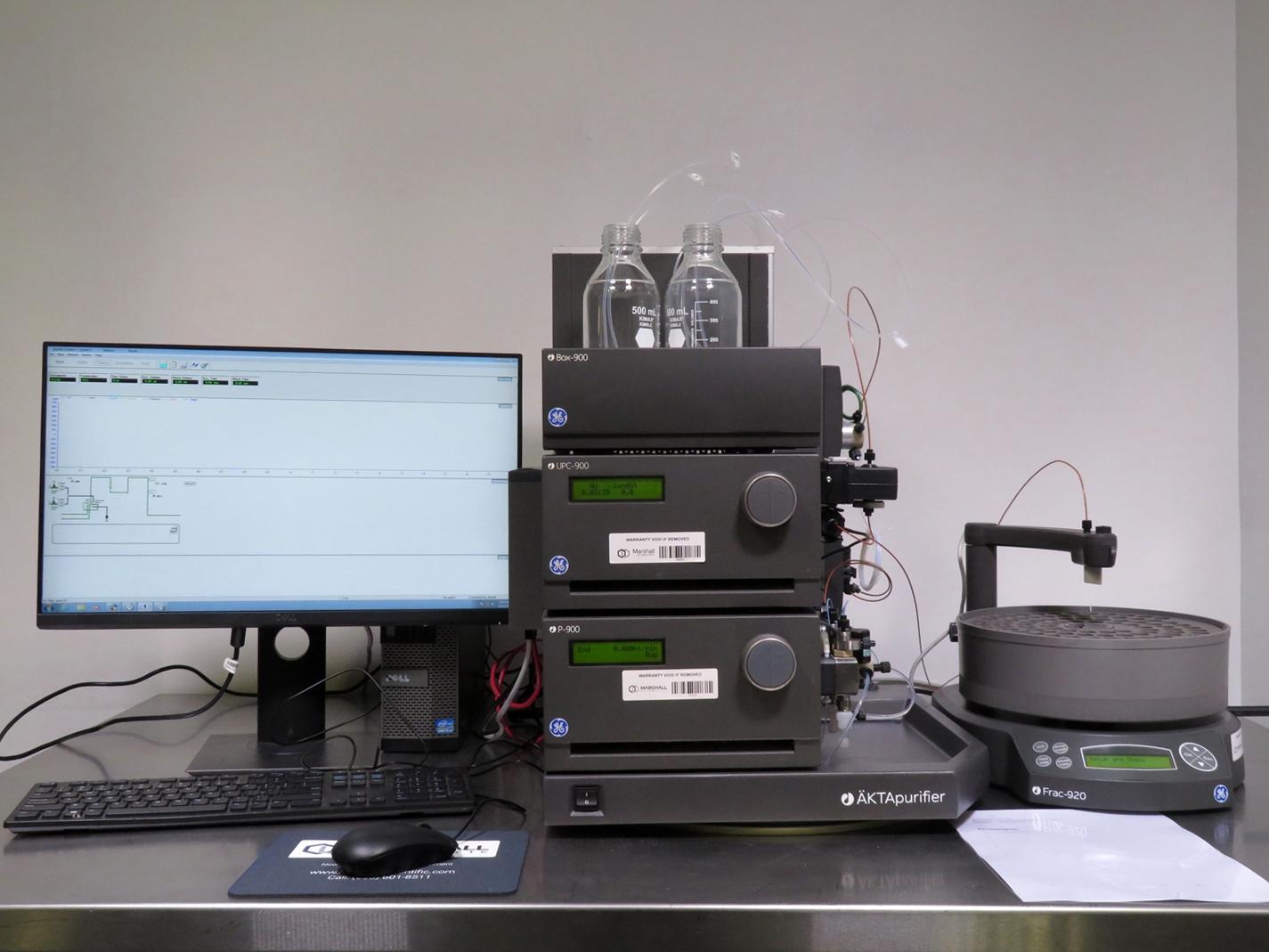
FPLC System Configurations Explained: Customizing for Lab Efficiency
Fast Protein Liquid Chromatography (FPLC) systems are purpose-built for labs working with protein purification, peptide analysis, and nucleic acid separation. Customizing FPLC configurations helps researchers achieve workflow efficiency, enhance accuracy, and maximize productivity. With options to tailor components—such as fraction collectors, pumps, detectors, and software—FPLC systems can meet various lab applications and scales.
Fraction Collectors: Precision in Sample Collection
Fraction collectors are essential to FPLC systems, gathering purified samples by set time, volume, or specific peak recognition. This function is particularly valuable in labs managing multiple separations or aiming to minimize cross-contamination. Key considerations for configuring fraction collectors include:
- Capacity and Rack Options: Fraction collectors come with flexible rack configurations for different tube sizes. Labs can customize these setups based on sample requirements to optimize sample collection, reduce downtime, and avoid workflow interruptions.
- Collection Modes: High-quality FPLC fraction collectors allow collection by time, volume, or automatic peak detection. This adaptability reduces contamination risk and ensures higher purity samples. By enabling flexible collection modes, lab personnel are free to monitor other steps in the purification process.
- Spillage Control: Some fractions collectors such as the GE AKTA Frac-950 feature an accumulator or similar mechanism to prevent spillage at high flow rates, crucial in maintaining a clean work area and minimizing reagent waste. For large-scale labs handling high-volume separations, this feature can significantly increase efficiency by preventing sample loss and reducing cleaning requirements.
Pumps: Precision Flow and Pressure Control
Pumps are the driving force in FPLC systems, ensuring precise flow and consistent pressure to achieve high-quality separations. Configuring pumps to match experimental needs can enhance separation quality and improve throughput in the lab.
- Adjustable Flow Rates: Labs processing various sample sizes benefit from FPLC pumps that provide finely adjustable flow rates. For example, flow rate settings that range from 0.001 to 10 ml/min support microgram to milligram-scale purification, allowing researchers to match the pump’s output to the sample’s concentration and improve efficiency.
- Pressure Tolerance: High-pressure capabilities are essential for labs handling dense or challenging samples, as higher pressure enhances separation resolution and reduces run time. In these cases, a system like the GE AKTA Purifier 10 with a pressure range of 0 to 25 MPa may be an optimal choice compared to a lower pressure range system such as the GE AKTA Purifier 100 with a range of 0 to 10 MPa. Configuring an FPLC system with high-pressure pumps supports a broader range of applications, from standard protein purification to more demanding peptide separations.
Detectors: Focused Detection for FPLC Applications
Detectors are integral to FPLC systems, providing real-time data on protein and nucleic acid concentrations. While many FPLC detectors are optimized for fixed-wavelength UV detection, certain models, like the UV-900, support multi-wavelength monitoring. Utilizing advanced fiber-optic technology and a monochromator, these detectors can simultaneously monitor up to three wavelengths in the 190 to 700 nm range, enhancing versatility for complex analyses. This flexibility allows for precise, real-time concentration measurements and high-sensitivity detection, making these systems highly adaptable for diverse biomolecular applications.
- Fixed Wavelengths for Protein and Nucleic Acid Detection: Most FPLC systems are equipped with UV detectors designed to operate at specific wavelengths, primarily 280 nm for proteins and 254 nm for nucleic acids. This targeted detection ensures accurate concentration measurements and efficient purification for biomolecules without unnecessary complexity.
- Real-Time Analysis and Peak Monitoring: Detectors in FPLC systems enable real-time monitoring of absorbance peaks, essential for assessing purity and yield throughout fractionation. By providing instant feedback on the quality of each fraction, detectors help labs maintain consistency and make immediate adjustments if necessary, reducing sample loss and improving reproducibility.
- Multi-Wavelength Monitoring for Complex Analysis: Some advanced FPLC detectors offer multi-wavelength capabilities, monitoring up to three wavelengths simultaneously. This feature allows for versatile analysis across a broader spectrum, ideal for labs requiring detailed profiling and precise detection of complex samples.
Software and Control Systems: Streamlining with Automation
Software plays a crucial role in FPLC systems, integrating intelligent features that help labs control, monitor, and record purification processes. All systems from Marshall Scientific include the applicable software for seamless system control and operation, with specialized tools for automating peak recognition, fraction collection, and data management designed specifically for FPLC applications.
- Automated Peak Recognition and Fractionation: FPLC software includes peak recognition tools that automatically collect fractions based on real-time absorbance peaks. This functionality minimizes manual intervention, reduces cross-contamination, and allows the system to redirect unwanted eluent to waste, optimizing purity levels with less labor.
- Pre-Programmed Methods for Repeated Protocols: Many FPLC systems allow labs to save and pre-program multiple purification methods. This feature is invaluable for labs running similar processes regularly, as it eliminates repetitive setup steps and expedites daily operations, allowing for increased throughput without compromising quality.
- Data Management and Connectivity: Advanced FPLC software enables seamless logging and tracking, allowing labs to centralize and review data for quality control and process optimization. This connectivity simplifies record-keeping and supports labs in adhering to documentation standards, especially in regulated environments.
Final Thoughts: Optimizing FPLC Configurations for Maximum Efficiency
Tailoring an FPLC system’s configuration to match purification goals can improve productivity and ensure consistently high-quality results. For labs focused on protein purification, multi-sample separations, or detailed analysis, an optimized FPLC system offers long-term value, helping labs stay flexible and prepared for evolving research demands.





